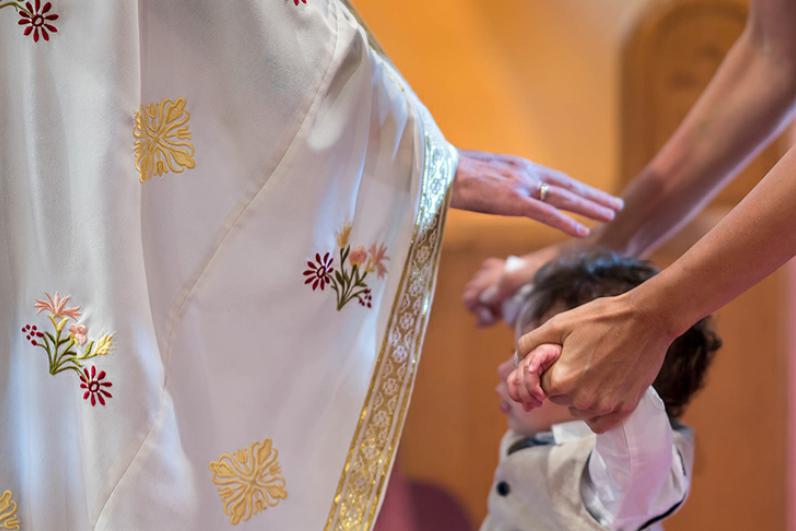Blessings by the books
On the liturgy bookshelf, there are multiple volumes that provide liturgies for blessings. Last week, we looked at one of those in particular. In the next few columns, we'll look at some of those other blessings.
Liturgically, the word blessings can also include dedications, consecrations, as well as blessings. Usually, the blessings are categorized, and there are two general categories: blessings of persons and of things. Within each of those, there are the various types hinted at in the first sentence. The columns will address only those blessings currently issued in approved liturgical books for our nation or, more accurately, under the aegis of the U.S. Conference of Catholic Bishops (USCCB).
People are more important than things, so we'll start with people.
Three rites, with revisions by the USCCB submitted and awaiting the "okay" from Rome, are Blessing of Abbots and Abbesses, Religious Profession, and Consecration of Virgins.
Religious profession is the ceremony where women or men who are members of religious communities announce before God and the whole church their intention, with God's help, to observe the vows of poverty, chastity, and obedience in imitation of Christ.
These vows come following a period, sometimes extensive and spreading over many years, of formation. Each religious family -- think Benedictines, Dominicans, Franciscans, Jesuits, Sisters of Charity, and so many others -- has their own formation programs and the profession ceremony of their members, women and men, can be adapted from the "basic" one provided by the Holy See and translated for use in various nations with the approval of that same Holy See.
The prayers of this blessing emphasize that religious life in its various manifestations is a gift to the church, a reminder to all of the church of the call to holiness of life and service we all have from our baptisms and that we need God's grace to carry out the vows.
The Blessing of Abbots and Abbesses is again related to religious life and, in particular, to the monastic life of monks and nuns in their abbeys. The religious superior of an abbey for men or women is usually a member of that community elected by the members of the community to govern the abbey. Sometimes, a member of another community of that same religious family might be elected abbot or abbess of a different abbey, but once elected and once the election is accepted, the one chosen becomes the abbot or abbess.
Subsequently, usually within a month or six weeks, the newly chosen abbot or abbess will receive the abbatial blessing from the bishop of the diocese where the abbey is, or from another abbot.
The abbatial blessing is bestowed at Mass, and the celebrant receives the testimony of the election and speaks to the one elected about the duties in governing the abbey, especially in being a model of the abbey's life represented by the Rule, a copy of which is presented to the elected one.
The Litany of the Saints is sung, and then the Prayer of Blessing is proclaimed.
Then, the newly blessed receives a ring reminding him or her of the "marriage" to the abbey. Commonly, the newly elected receives a pastoral staff or crozier, and yes both an abbot and an abbess receive one. An abbot may receive a mitre, though this is optional.
Last among these more solemn blessings is the Consecration to a Life of Virginity. This rite is for women who remain living in the world and want to make a public vow of chastity approved and received in the name of the church by a bishop. The consecrated virgin usually accepts the responsibility to offer prayers for the church, and this may be the daily prayer of the church called the Liturgy of the Hours.
The blessings may be only occasional in the life of a diocese, but they are important reminders about the call to holiness that all of us have wherever we are and to whichever vocation we find ourselves responding to by God's grace.
Blessings have a long history in the church, and they are taken from Israel's blessings about which we read in the Old Testament. A nice and familiar example is that used at the Preparation of Gifts at Mass: "Blessed are You, Lord God of all creation, through your goodness we have this bread to offer, which earth has given and human hands have made. It will become for us the bread of life."
"Blessed be God forever." A fitting response on our lips and from our hearts whenever a blessing is made.


















